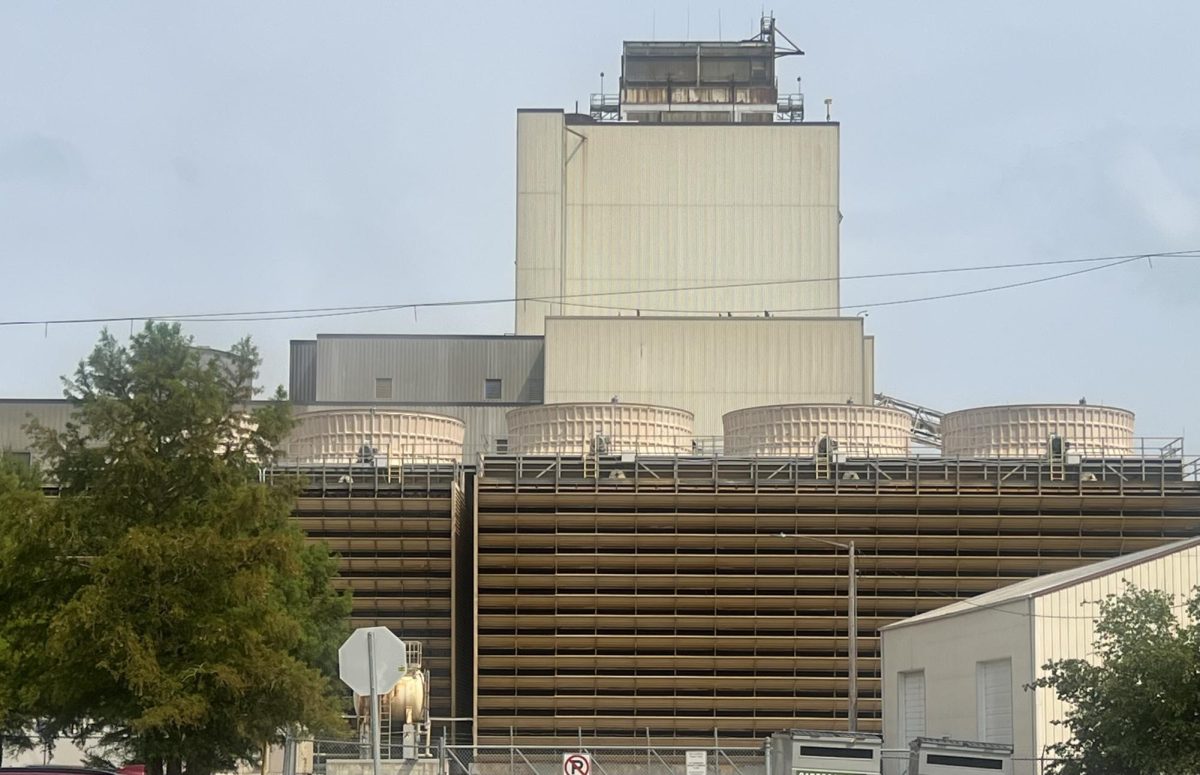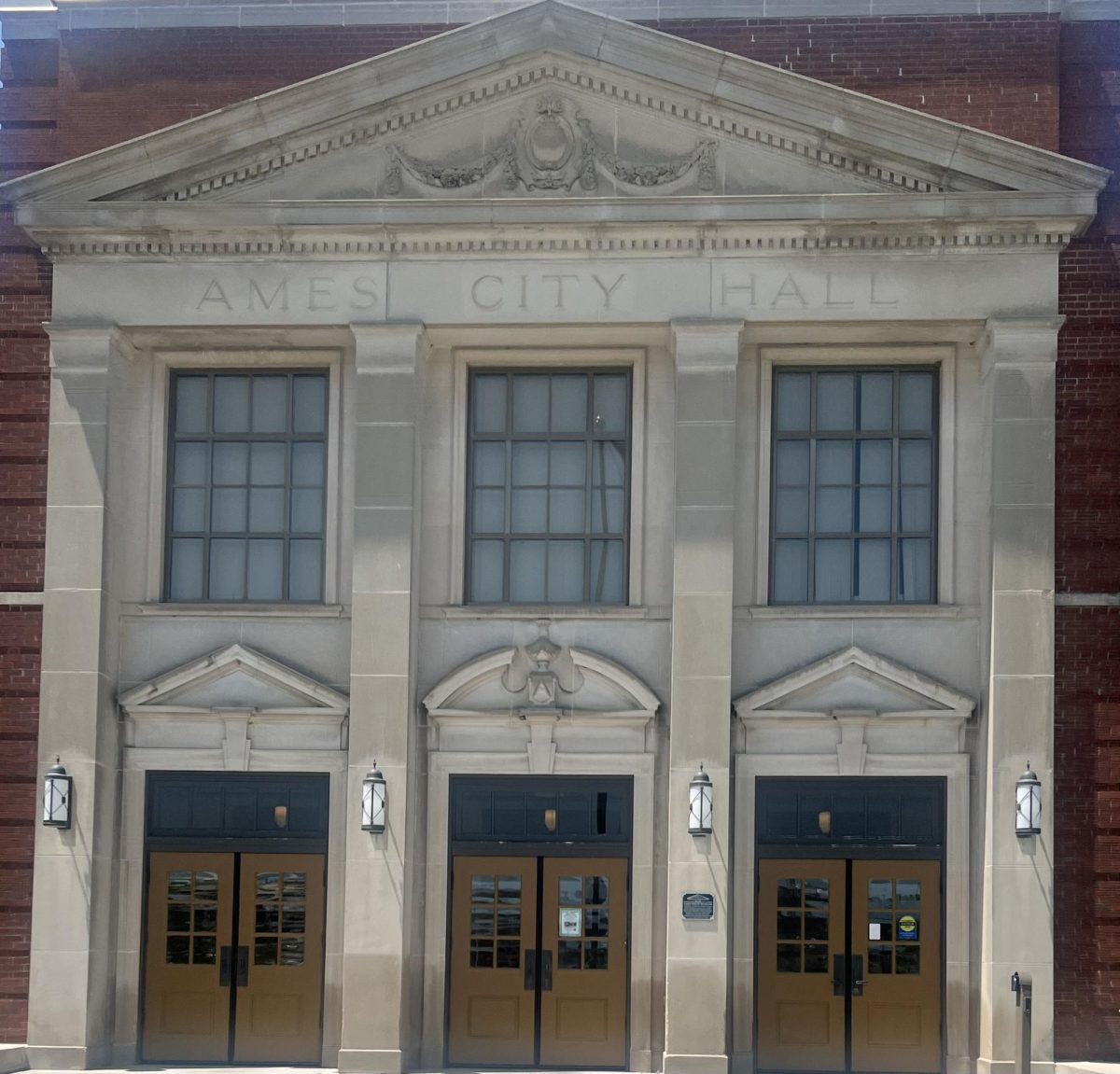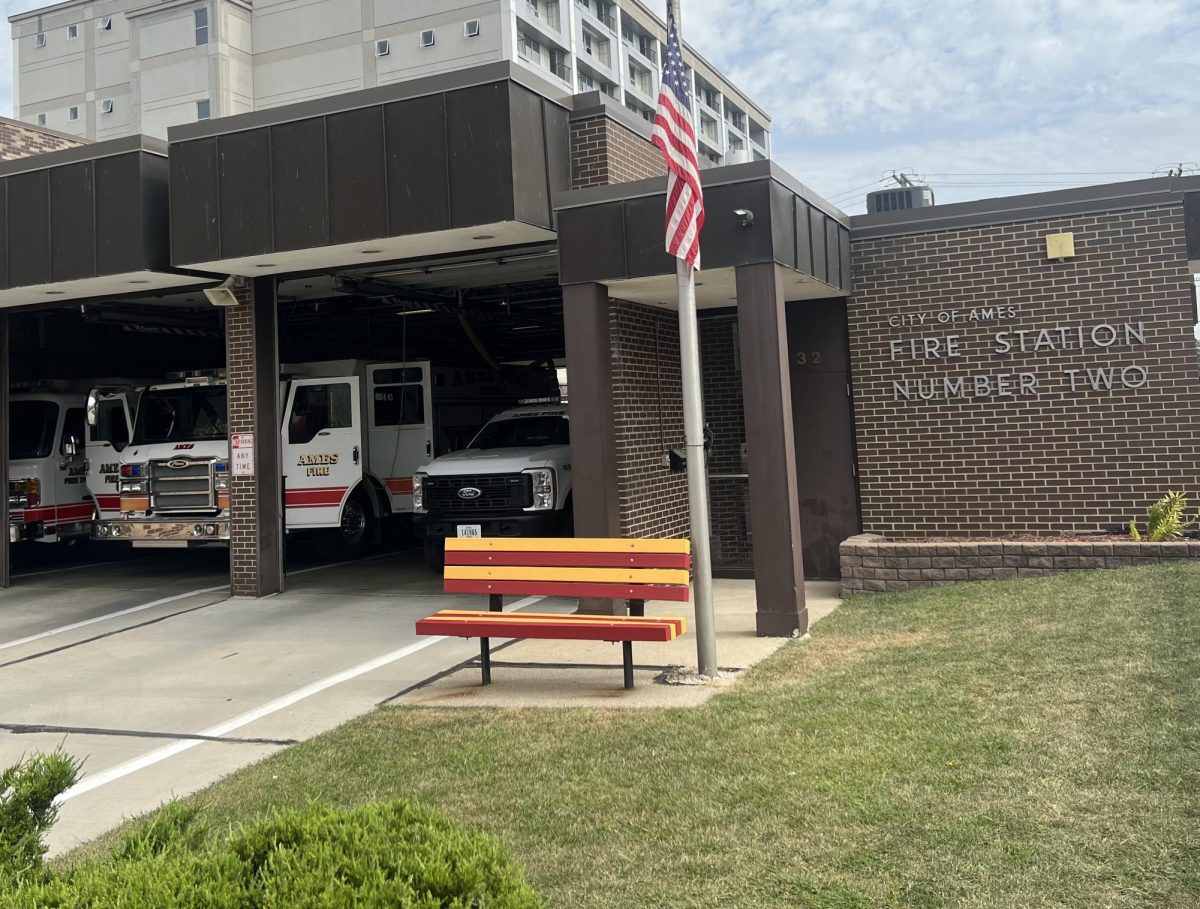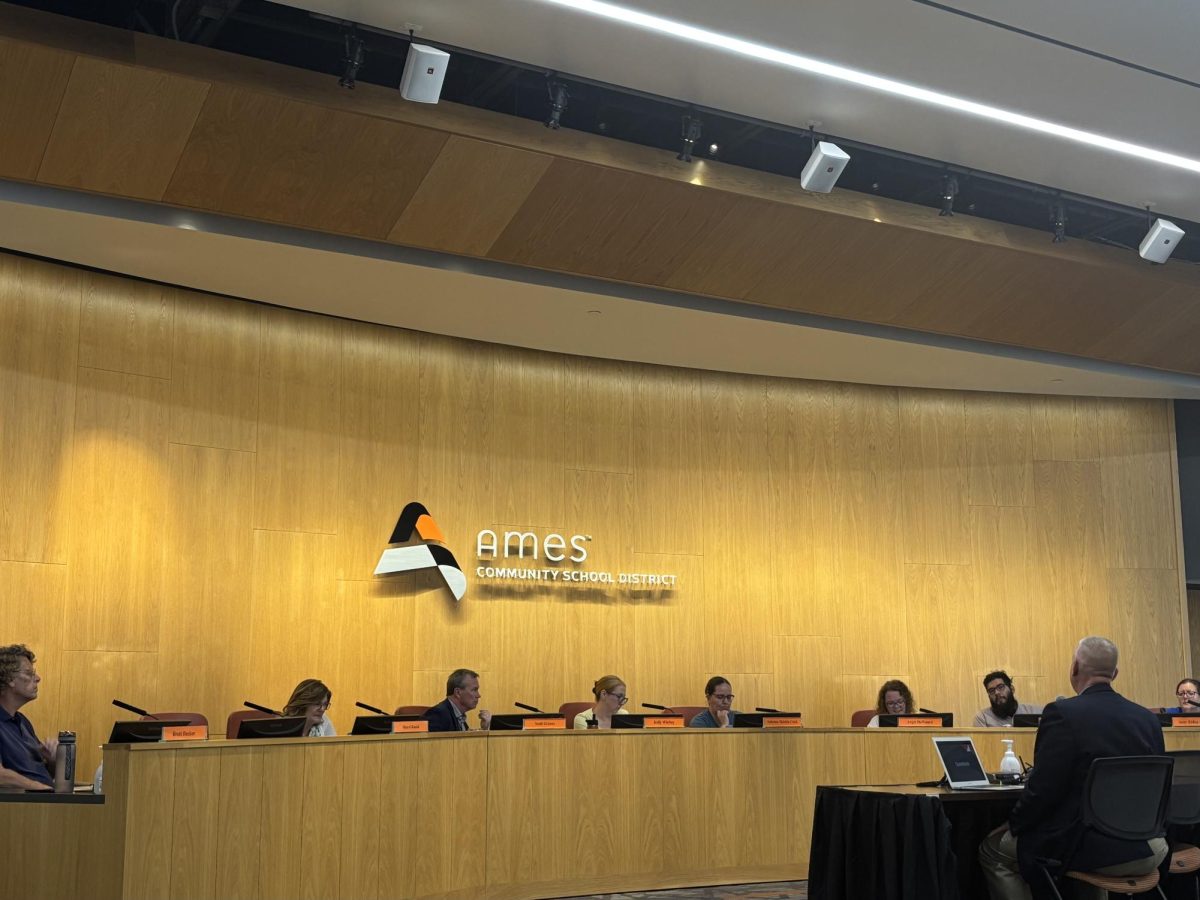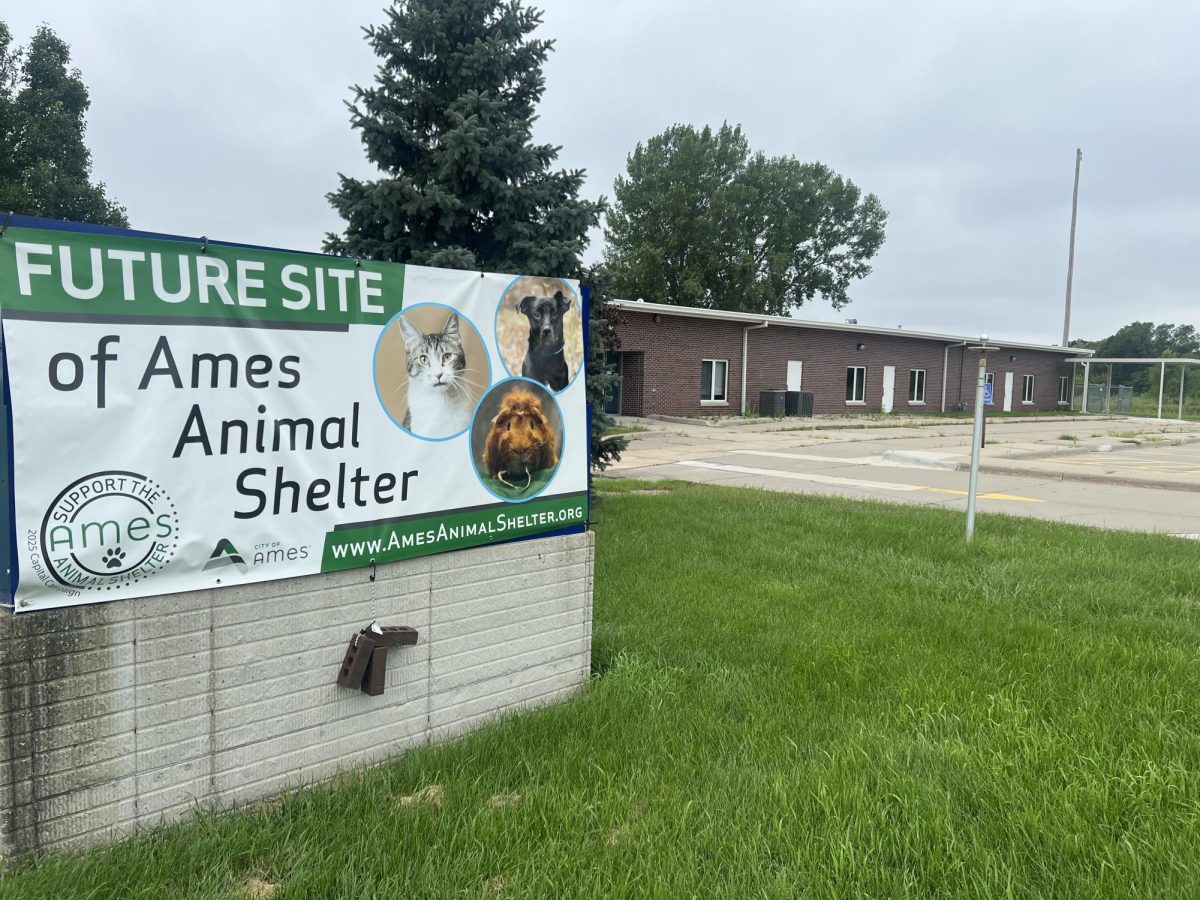The Ames City Council took the first step toward raising electric rates for all residents and businesses on Tuesday by passing the first reading of an ordinance that would increase rates by 1.5%.
If approved in future readings, the rate increase would take effect later this year and would apply to all electric customers in the city. The city’s budget for fiscal year 2025-26 already includes revenue from this planned increase.
Why rates are going up: Electric companies regularly study their costs to plan for the future and make sure rates are fair for everyone. Ames Electric Services finished one of these studies in 2024. In June, an expert from Utility Financial Solutions presented the results to the city council, recommending the 1.5% rate increase starting in 2025.
The Electric Utility Operations Review and Advisory Board, a group that helps oversee the electric utility, agreed with the recommendation and suggested the increase should start after the summer of 2025.
What will cost more: The rate increase affects three different charges that appear on electric bills, each would increase by 1.5%.
- Customer service charge: a fixed amount all customers pay each month no matter how much electricity they use.
- Demand charge: a charge based on the highest amount of power a business uses during any 15-minute period in a month.
- Energy charge: based on how much total electricity a customer uses each month.
The council directed the city attorney to prepare the necessary changes to city code to allow for these rate increases.
Council alters landscaping rule
The council voted to grant a request from the Iowa State University Research Park to eliminate the prohibition on rock mulch within front yard planters and within parking lots.
Representatives from the research park had asked the council to change a city rule that currently requires organic mulch instead of rocks in landscaping. The request came after the research park used rocks in some front yard areas where the city requires mulch.
Ames rewrote its landscape standards in 2017, looking at landscaping rules in other cities and asking a landscape architect for advice. The council decided that parking lots and front yards must use living ground cover or organic mulch. The only exception is that rocks can be used right next to building foundations, and decorative rock features can be scattered within larger landscaped areas.
Since 2017, city inspectors have found rocks used incorrectly at one or two sites each year. Property owners must remove the rocks and install mulch to pass inspection, which is exactly what happened at the ISU Research Park.
This issue affects the entire city, not just the research park. Any apartment building, business, or industrial development needs landscaping that follows these rules. Residential areas have slightly stricter requirements.
In other business
- The council assigned three newly added areas of the city to voting districts. The Borgmeyer annexation along George Washington Carver and Hyde avenues — and the only area of the three with homes — is split between two precincts in the 2nd Ward. The council fast-tracked the ordinance to ensure the county auditor has enough time to notify residents about their assigned voting districts and polling locations before the November election.
- The council directed city staff to use the East Lincoln Way — Duff Avenue to the South Skunk River — Corridor Study’s recommended improvements which will include converting the road from four lanes to three, including a center turn lane.
- Next time: The next regularly scheduled council meeting will be Oct. 28.





